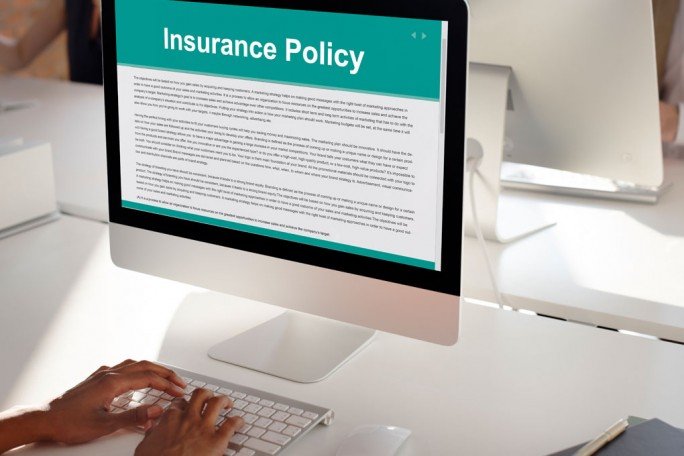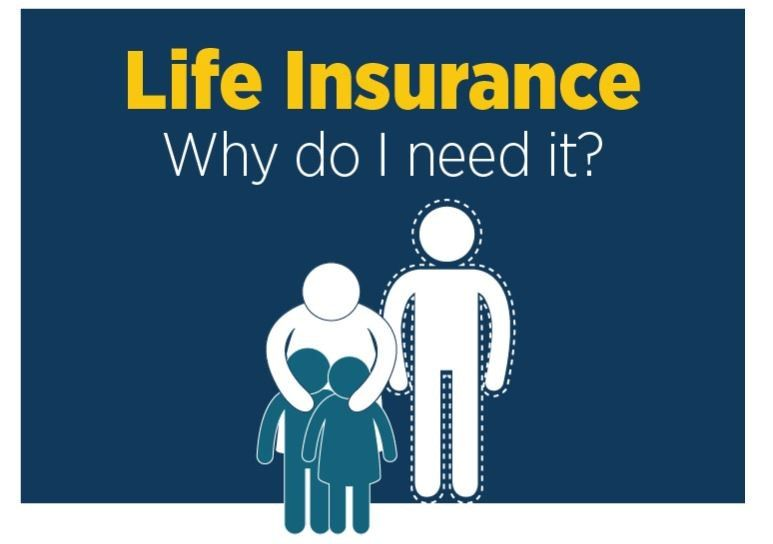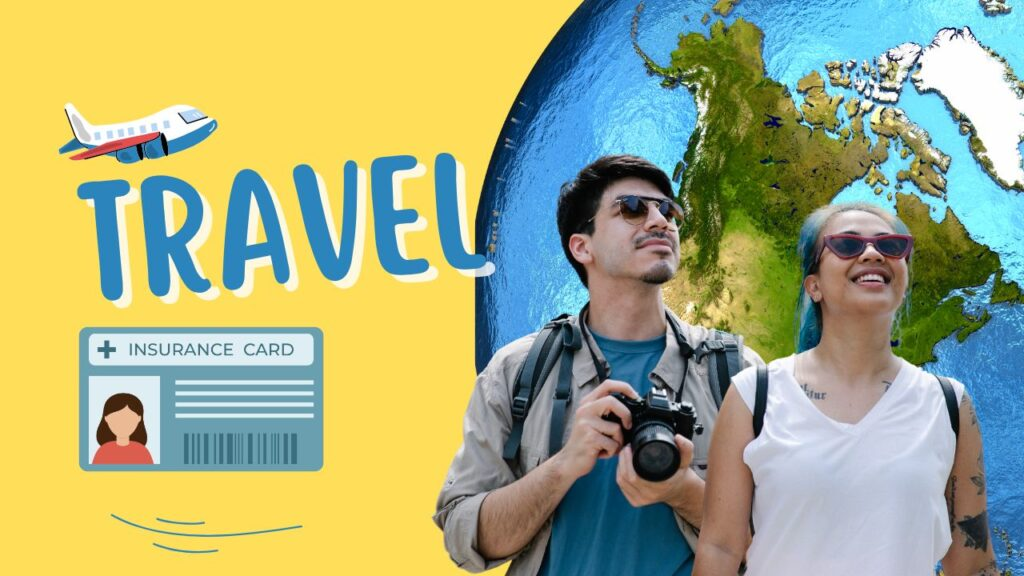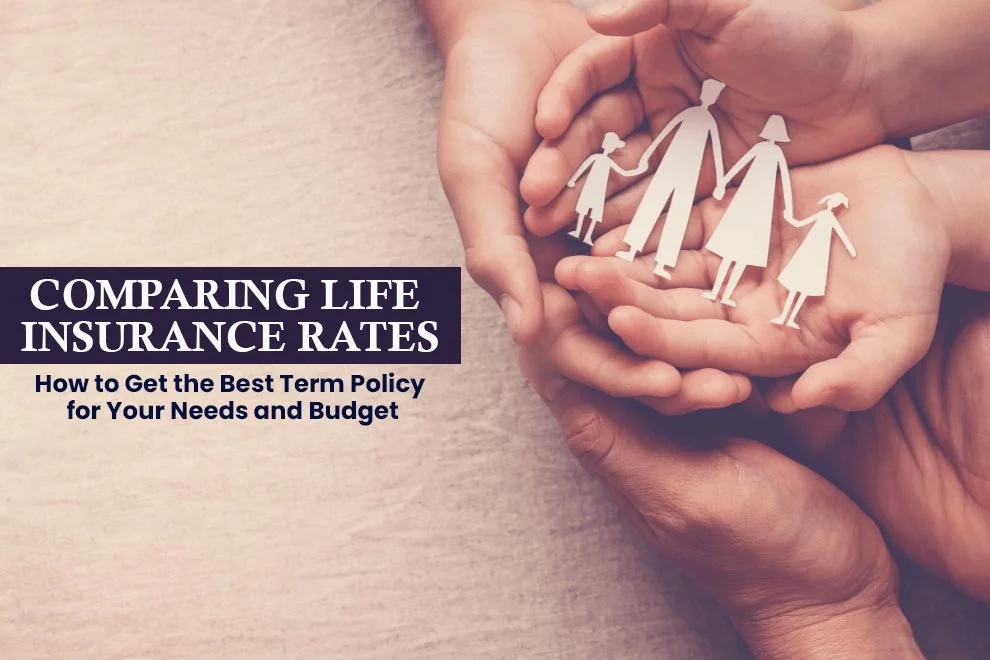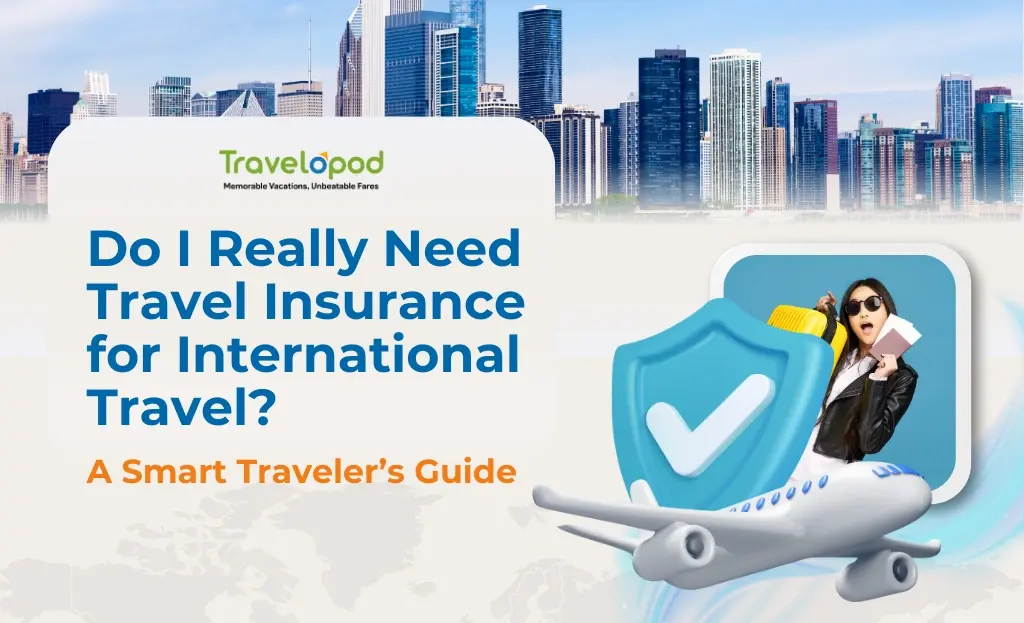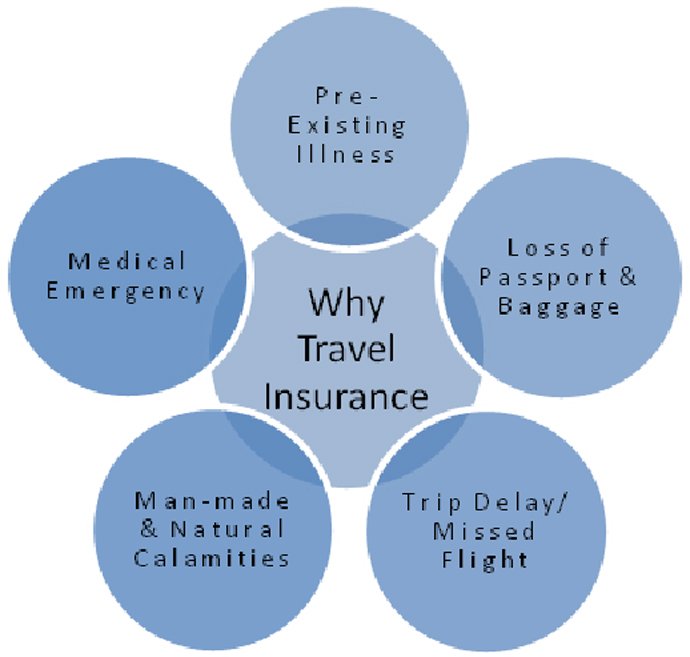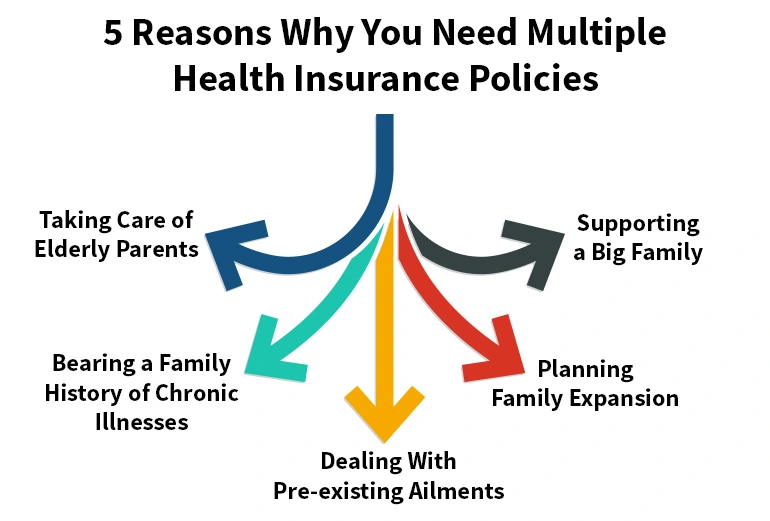What Does Travel Insurance Typically Cover?
Introduction
Traveling is one of the most enriching experiences, offering adventure, relaxation, cultural immersion, and unforgettable memories. But no matter how carefully you plan, unexpected events like illness, cancellations, or lost luggage can derail your trip. That’s where travel insurance steps in.
But what does travel insurance really cover?
Many travelers purchase policies without fully understanding what they’re paying for, or worse, assume they’re covered when they’re not. This comprehensive guide will walk you through the typical components of travel insurance, clarify what’s usually included (and excluded), and help you make informed decisions before your next journey.
Key Takeaways
- Travel insurance typically covers: trip cancellation, interruption, medical emergencies, evacuation, lost luggage, delays, and more.
- Coverage varies—always read the fine print.
- Buy early to qualify for pre-existing condition waivers and cancel-for-any-reason add-ons.
- Emergency medical and evacuation coverage are especially critical for international and adventure travel.
- Be aware of exclusions, such as pandemics, reckless behavior, and pre-existing conditions (without a waiver).
1. Trip Cancellation Coverage
Trip cancellation coverage reimburses you for non-refundable prepaid expenses if you must cancel your trip for a covered reason before departure. This is one of the most common reasons travelers buy insurance.
Common Covered Reasons:
- Illness, injury, or death of you, a travel companion, or a family member
- Natural disasters at your destination
- Jury duty or court subpoena
- Job loss or required work obligations
- Terrorist incidents in your destination city
What’s Typically Covered:
- Airline tickets
- Hotel reservations
- Cruise bookings
- Tour packages
- Rental car deposits
What’s Not Covered:
- Fear of traveling
- Changing your mind
- Pre-existing conditions (unless covered by a waiver)
- Travel bans (unless specified)
2. Trip Interruption Coverage

While trip cancellation covers events before your trip, trip interruption coverage applies during your journey. If something happens that forces you to cut your trip short, this benefit reimburses the unused portion of your trip and sometimes covers extra expenses to return home.
Typical Scenarios:
- Medical emergencies
- Family emergencies back home
- Travel supplier bankruptcy
- Political unrest or natural disasters
Covered Expenses May Include:
- Unused hotel stays or tours
- Extra airfare to return home
- Transportation costs due to missed connections
3. Emergency Medical Coverage
Health insurance policies often don’t extend to foreign countries, or if they do, the coverage is minimal. Emergency medical coverage in travel insurance ensures you’re protected abroad if you become ill or injured.
What It Typically Covers:
- Hospital stays
- Physician fees
- Ambulance services
- Emergency surgery
- Prescription medications
Coverage Limit:
- Ranges from $10,000 to over $1 million depending on the plan
Important Tip:
If you’re going on an adventure trip (e.g., skiing, scuba diving), check if your policy includes adventure sports coverage. Many basic plans exclude such activities.
4. Emergency Medical Evacuation & Repatriation
In the event of a serious medical emergency, you may need to be evacuated to a better-equipped hospital or returned home. This is especially critical if you’re traveling in remote areas.
What’s Covered:
- Air ambulance or ground transportation
- Medical personnel escort
- Repatriation of remains in case of death
This coverage can easily run into tens of thousands of dollars without insurance, so it’s an essential part of any comprehensive travel plan.
5. Baggage Loss, Damage, or Delay
Lost luggage is a frustrating experience, especially if you’re far from home. Baggage coverage offers peace of mind.
What’s Typically Covered:
- Lost, stolen, or damaged baggage
- Personal items (electronics, clothing, documents)
- Delay expenses (temporary replacement items)
Typical Payout Limits:
- $250 to $2,500 depending on the plan
- Sub-limits for electronics, jewelry, and valuables
Important Note:
Most policies are secondary, meaning you must file a claim with your airline first.
6. Travel Delay Coverage
Flight delays can cause missed connections, additional lodging costs, and meal expenses. Travel delay insurance compensates you for such inconveniences.
Triggers for This Coverage:
- Mechanical issues
- Severe weather
- Airline strikes
What’s Covered:
- Meals
- Hotel stays
- Ground transportation
- Toiletries and essentials
Typically, delays must last 6 to 12 hours to be eligible for reimbursement.
7. Accidental Death & Dismemberment (AD&D)
This coverage provides a financial payout to your beneficiary if you suffer death or severe injury due to an accident while traveling.
What’s Typically Included:
- Death benefit
- Loss of limb or eyesight
This is often offered as an add-on rather than a standard feature. It’s not a substitute for life insurance but can offer peace of mind.
8. Rental Car Coverage
Driving abroad? Many travel policies offer rental car coverage for collision, theft, and damage.
Covered:
- Collision Damage Waiver (CDW)
- Theft of the rental car
- Towing charges
Not Covered:
- Liability insurance (unless specified)
- Driving under the influence
- Driving without a valid license
You must decline the rental company’s CDW to use this coverage.
9. Covid-19 and Travel Insuranc

In response to the global pandemic, many insurers now offer coverage for Covid-19-related incidents.
Coverage May Include:
- Trip cancellation due to a positive test
- Quarantine lodging expenses
- Emergency medical treatment for Covid-19
- Covid-related trip interruption
Always read the policy terms carefully as not all providers include Covid-19 coverage by default.
10. Optional Add-ons & Upgrades
Depending on your destination and travel style, you may consider extra coverage such as:
- Adventure Sports Rider – for skiing, scuba diving, skydiving
- Cancel for Any Reason (CFAR) – offers flexibility to cancel for reasons not covered under standard policies
- Business Travel Coverage – tailored for business travelers
- Cruise-specific coverage – includes missed port departures or itinerary changes
Real-Life Scenarios: How Travel Insurance Can Save the Day
1. Missed Connection in Paris
Imagine flying from New York to Rome with a layover in Paris. Due to a mechanical delay in New York, you miss your connecting flight. You have a prepaid non-refundable tour starting the next morning in Rome.
With travel insurance:
- You get reimbursed for the missed tour.
- Your plan covers a hotel stay in Paris.
- Your policy helps with the cost of rebooking your connecting flight.
2. Medical Emergency in Thailand
A traveler falls ill in Chiang Mai and is diagnosed with appendicitis, requiring immediate surgery. The traveler doesn’t speak Thai and is far from home.
With insurance:
- Medical bills ($6,000+) are covered.
- A 24/7 assistance hotline arranges hospital care and translation services.
- Emergency evacuation is included if better treatment is needed in Bangkok.
3. Lost Luggage in Argentina
Your checked baggage goes missing en route to Buenos Aires, and you’re left with only your carry-on. It takes the airline 5 days to find it.
With insurance:
- You are reimbursed for essential clothing and toiletries.
- If the bag was permanently lost, you’d get compensation for its contents.
Comparing Top Travel Insurance Providers

To choose the best policy, you need to compare features, pricing, and service. Here’s a comparison of some of the top global travel insurance providers:
| Provider | Medical Coverage | Trip Cancellation | Covid-19 Coverage | Adventure Sports | 24/7 Support |
|---|---|---|---|---|---|
| Allianz | Up to $500,000 | Included | Yes | Optional add-on | Yes |
| World Nomads | Up to $100,000 | Included | Yes | Included | Yes |
| AXA Travel | Up to $1,000,000 | Included | Yes | Optional | Yes |
| Travelex | Up to $500,000 | Included | Yes | Optional | Yes |
| Trawick Intl. | Up to $1,000,000 | Included | Yes | Optional | Yes |
Pro Tip: Use insurance comparison sites like Squaremouth, InsureMyTrip, or TravelInsurance.com to find the best rates and benefits.
Common Mistakes to Avoid When Buying Travel Insurance
- Waiting too long to purchase
You may lose out on key benefits like “Cancel for Any Reason” or pre-existing condition waivers if you don’t buy the policy soon after booking. - Not reading the exclusions
Many travelers assume “everything” is covered—until their claim is denied due to an exclusion like alcohol-related injuries or adventure sports. - Relying on credit card travel insurance alone
While some premium cards offer travel insurance, the coverage is often limited in scope and reimbursement amounts. - Underestimating trip cost
If you underreport your trip’s total value to save on the premium, you may be underinsured—and only reimbursed for part of your losses. - Not understanding limits and deductibles
Always check if there are per-item or category limits, especially for electronics and jewelry.
How to Choose the Best Travel Insurance Policy
Here are steps to ensure you’re picking the right coverage for your trip:
Step 1: Evaluate Your Trip Details
- Are you traveling domestically or internationally?
- How much are you spending on prepaid items?
- Are you engaging in high-risk activities (e.g., skiing, hiking)?
Step 2: Choose a Comprehensive Plan
Look for plans that include:
- Trip cancellation
- Medical emergencies
- Evacuation and repatriation
- Lost baggage
- Trip delays
Step 3: Customize with Add-ons
Consider:
- Cancel for Any Reason (CFAR)
- Rental car damage protection
- High-risk activity rider
Step 4: Compare Providers
Use trusted aggregators and review real customer feedback. Prioritize those with:
- Strong claim support
- 24/7 global assistance
- Transparent terms
Step 5: Read the Fine Print
Look for:
- Covered reasons for cancellation
- Limits on valuables
- Country-specific exclusions
Travel Insurance Regulations by Region
Different countries and regions have their own rules and expectations when it comes to travel insurance.
Europe (Schengen Area)
- Mandatory for Schengen Visa applicants
- Minimum €30,000 in medical coverage required
- Must include repatriation
Asia
- Some countries (e.g., Thailand, Indonesia) now require Covid-19 medical coverage
- Japan encourages, but does not mandate, insurance for tourists
U.S. Travelers Abroad
- U.S. health insurance rarely applies overseas
- Emergency evacuation is strongly recommended
- Medicare generally offers no coverage outside the U.S.
Australia & New Zealand
- Some reciprocal healthcare agreements exist (e.g., with the UK)
- Travel insurance still recommended for cancellation and evacuation
Extended FAQ Section (Continued)
8. Does travel insurance cover political unrest or war zones?
Generally, no. Most policies exclude coverage for:
- War
- Civil unrest
- Government travel advisories
However, a few insurers offer war-risk add-ons or crisis assistance services.
9. Can I get travel insurance for one-way or long-term trips?
Yes. Look for long-stay travel insurance or expat travel insurance for:
- Backpackers
- Digital nomads
- Relocating individuals
10. What happens if I test positive for Covid-19 before my return flight?
If your plan includes Covid-19 coverage:
- Extra lodging and food during quarantine are often covered
- New return airfare may be reimbursed
- Medical care abroad is usually included
11. Are cruise trips covered under regular travel insurance?
Not always. Cruises often require specialized coverage due to:
- Missed port stops
- Medical emergencies at sea
- Cabin confinement
Choose a policy that specifically lists cruise coverage.
Common Exclusions in Travel Insurance Policies
Even the most comprehensive policies have exclusions. Understanding these ensures you’re not caught off-guard when filing a claim.
Frequent Exclusions:
- Pre-existing Medical Conditions
- Unless a waiver is obtained, many plans will not cover medical issues diagnosed before buying the policy.
- High-Risk Activities
- Skydiving, bungee jumping, scuba diving (beyond certain depths), and mountaineering may be excluded unless specifically covered.
- Travel Against Government Advisories
- If your destination is under a Level 4 travel advisory (e.g., due to war or political instability), claims may be denied.
- Intoxication or Drug Use
- Injuries or incidents occurring while under the influence of alcohol or drugs are almost always excluded.
- Pregnancy-Related Issues
- Normal pregnancy care, childbirth, and complications in the third trimester are generally excluded unless it’s a medical emergency.
- Mental Health Conditions
- Some policies exclude coverage for incidents related to anxiety, depression, or psychiatric treatment.
- Self-inflicted Injuries
- Injuries resulting from intentional self-harm are not covered.
How to File a Travel Insurance Claim – Step-by-Step Guide
Filing a claim can seem daunting, especially during or after a stressful situation. Here’s how to streamline the process:
Step 1: Notify Your Insurer ASAP
Call or email your insurer’s 24/7 support hotline. Some claims require immediate notification (e.g., trip cancellation or medical treatment abroad).
Step 2: Collect Documentation
You’ll typically need:
- Proof of travel (itinerary, airline tickets)
- Receipts for expenses (hotels, meals, medical bills)
- Medical reports or police reports (if applicable)
- Photos of lost or damaged items
- Letters from airlines (e.g., confirmation of delay or baggage loss)
Step 3: Submit the Claim Online or via App
Most providers now offer digital portals. Scan and upload all supporting documents.
Step 4: Track and Follow Up
Stay in contact with your claims adjuster. If documentation is incomplete or needs clarification, they’ll reach out.
Tips:
- Keep original copies of all receipts.
- File the claim within the required time limit (usually 20–90 days after the incident).
- Save every email or message with the insurer.
Best Travel Insurance Plans by Traveler Type
Different types of travelers have unique needs. Here’s a curated list of top plans by traveler category:
| Traveler Type | Top Recommendation | Why It’s Ideal |
|---|---|---|
| Backpackers | World Nomads | Covers adventure sports and long stays |
| Families | Allianz OneTrip Premier | Strong medical + kids travel free |
| Senior Travelers | Travel Guard (AIG) | Excellent medical and evacuation coverage |
| Frequent Flyers | Allianz AllTrips Annual | Multi-trip coverage for frequent travelers |
| Cruise Travelers | Travelex Cruise Select | Cruise-specific coverage (missed ports, delays) |
| Adventure Seekers | IMG iTravelInsured SE | Optional extreme sports rider |
| Luxury Travelers | Seven Corners Travel Plus | High limits, concierge services, CFAR option |
How Much Does Travel Insurance Cost?
Travel insurance is relatively affordable, especially considering the protection it offers. Here’s a breakdown of what affects pricing:
Key Cost Factors:
- Trip Cost: Higher prepaid expenses = higher premiums.
- Age: Older travelers pay more (higher medical risk).
- Destination: Travel to remote or high-risk areas may increase costs.
- Length of Trip: Longer trips mean longer exposure to risk.
- Coverage Level: Comprehensive plans with high limits and add-ons will cost more.
- Add-ons: Cancel For Any Reason (CFAR) and adventure sports coverage increase your premium.
Typical Costs:
- Basic Plan: 4–6% of total trip cost
- Comprehensive Plan: 7–10%
- With CFAR: 10–12%
Example:
A $3,000 trip may cost $150–$300 in insurance depending on your coverage.
Myths vs. Facts About Travel Insurance
Let’s clear up some of the most common misconceptions:
| Myth | Reality |
|---|---|
| “I don’t need insurance for domestic trips.” | Even domestic travel can involve delays, illness, or cancellations—especially if you prepay for lodging or tours. |
| “Travel insurance covers everything.” | No—it covers specific listed events. Always read the fine print. |
| “My credit card insurance is enough.” | Credit card coverage is usually basic and may exclude trip cancellation, medical, or evacuation. |
| “It’s too expensive.” | It typically costs less than 10% of your total trip—and can save you thousands. |
| “I can buy it anytime.” | You may lose out on certain benefits (like CFAR) if you wait too long. |
| “It covers Covid automatically.” | Not all plans include pandemic-related coverage—check the policy. |
Final Wrap-Up
You’ve now taken a deep dive into the ins and outs of travel insurance—what it covers, what it excludes, and how to get the best protection based on your specific needs. Travel insurance isn’t just about recovering money from a canceled trip. It’s about peace of mind, knowing that you’re protected from the unpredictable.
In today’s world of global instability, health threats, climate events, and airline unpredictability, travel insurance is more valuable than ever before.
How to Tailor Your Travel Insurance to Specific Trips
Every trip is different. Customizing your insurance based on destination, duration, activities, and traveler profile is key to getting optimal protection without overpaying.
1. For International Travel:
- Must-have coverage: Medical emergencies, evacuation, and repatriation.
- Add trip interruption in case of civil unrest or family emergencies back home.
- Many countries require proof of minimum medical insurance—check visa requirements (e.g., Schengen, Thailand, Cuba).
2. For Adventure Travel:
- Confirm that your policy covers high-risk activities like scuba diving, mountain climbing, or snowboarding.
- Look for policies that include gear coverage (for lost or stolen sports equipment).
- Consider Search and Rescue (SAR) coverage for remote locations.
3. For Cruises:
- Buy cruise-specific coverage to cover missed port calls, medical evacuation at sea, or shipboard illness (e.g., norovirus outbreaks).
- Look for policies with cancel for any reason (CFAR) options in case of itinerary changes.
4. For Seniors or Those With Medical Needs:
- Choose providers that specialize in senior travel insurance or those that offer no medical exam plans.
- Apply early to receive pre-existing condition waivers.
- Prioritize strong emergency evacuation and hospitalization coverage.
5. For Families:
- Look for family plans where children under 17 are covered for free.
- Ensure policies cover trip delays or medical care for kids and provide 24/7 pediatric emergency lines.
Trusted Travel Insurance Providers (with Reputation Highlights)
Here’s a deeper dive into reputable travel insurance providers and what makes each stand out:
Allianz Travel
- Best for: Business and luxury travelers
- Highlights: Worldwide assistance, strong trip cancellation support, concierge services
World Nomads
- Best for: Adventure and backpacker travel
- Highlights: Covers 200+ activities, flexible policies for long-term travelers, digital nomads
Travelex Insurance
- Best for: Families
- Highlights: Family-friendly benefits, children covered for free, extensive trip cancellation benefits
IMG Global
- Best for: Long-term and expat travelers
- Highlights: Long-stay and multi-country coverage, high medical limits
Trawick International
- Best for: Student and international travel
- Highlights: Covid-19 coverage, customizable policies for visa requirements (e.g., Schengen)
What to Look for in the Policy Document (Before Buying)
Before buying a plan, it’s crucial to review the Certificate of Insurance (COI) or Policy Wording document. This will list all terms, exclusions, and claim procedures in detail.
Key Sections to Review:
- Coverage limits: Are they enough for your destination? (e.g., U.S. healthcare is expensive.)
- Trip interruption clauses: What counts as a “covered reason”?
- Emergency contact info: Is 24/7 multilingual support available?
- Exclusions list: Always review this to avoid surprises.
- Claim process: Is it digital? Is the documentation requirement clear?
- Time-sensitive benefits: Does the plan require purchase within a specific window for full benefits?
Tip: If you’re unsure, call the insurer’s helpline before buying. They’re required to explain terms and help you understand your benefits.
When Travel Insurance May Not Be Necessary
Although travel insurance is almost always advisable, there are a few situations where it may be unnecessary or minimal:
- Short, domestic trips with no prepaid expenses
- Credit card coverage is sufficient for small, low-risk trips (e.g., basic cancellation or delay)
- Employer-provided coverage (e.g., if traveling on business and employer insures travel)
- Last-minute, low-cost trips where losing the investment is manageable
However, always double-check medical and evacuation coverage—those are the riskiest areas to skimp on.
Travel Insurance in the Post-Covid Era: What’s Changed?
The pandemic reshaped the way insurers structure travel coverage. Here’s what’s different in the 2020s:
Covid-19 Enhancements:
- Many plans now explicitly include Covid-19 as a covered illness.
- Quarantine costs may be covered (lodging, food, rebooking).
- Some policies now cover cancellation due to testing positive before departure.
More Flexibility:
- Cancel for Any Reason (CFAR) riders became more popular and accessible.
- Insurance plans have more flexible claim deadlines and rebooking support.
New Plan Features:
- Telemedicine support for virtual care abroad
- Mental health support services during long trips
- Pandemic add-ons for additional safety net
Consider Skipping If:
- You’re going on a low-cost domestic trip
- You have existing insurance coverage for all major risks
- Your risk tolerance is high and the trip is spontaneous
Also Read :-What Is Life Insurance And How Does It Work?
Conclusion
Travel insurance is more than just a safeguard—it’s a financial safety net that can protect your trip investment, health, and peace of mind. While most people focus only on flight cancellations or lost luggage, comprehensive plans offer robust benefits, including medical evacuation, trip delays, and even pandemic-related interruptions.
However, not all travel insurance policies are equal. Coverage varies based on the provider, policy level, and any add-ons you select. Understanding what’s typically included—and excluded—can help you choose the right plan and avoid unpleasant surprises.
FAQs
1. Is travel insurance mandatory?
No, but it is highly recommended, especially for international travel. Some countries (like Schengen nations or Thailand) require proof of insurance for visa approval.
2. Can I buy travel insurance after booking my trip?
Yes, but you’ll get the most comprehensive coverage (especially trip cancellation benefits) if you purchase soon after booking—ideally within 14-21 days.
3. Does travel insurance cover pre-existing medical conditions?
Some policies exclude them, but many offer a pre-existing condition waiver if purchased early (within 10–21 days of trip deposit).
4. What’s the difference between primary and secondary coverage?
- Primary: Pays out first, regardless of other insurance.
- Secondary: Kicks in only after other coverage (like airline reimbursements) is exhausted.
5. Can I customize my travel insurance policy?
Yes, many insurers offer customizable plans and add-ons depending on your trip type, age, and preferences.
6. Does it cover travel for medical treatment abroad?
No. Travel insurance does not cover medical tourism (traveling for planned procedures abroad).
7. How do I file a claim?
Most insurers allow online or mobile app claims. You’ll typically need:
- Receipts
- Proof of loss (police reports, medical records)
- Travel documents
- Photos, if applicable




